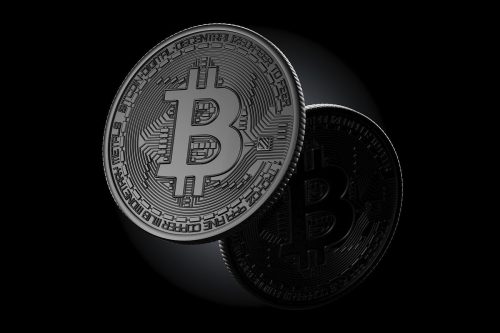
Bitcoin is a fantastic store of wealth, increasing in value 20 fold every 4 years, with huge volatility during those cycles. But it has failed as a currency until recently for three reasons.
- Constantly increasing value
- Transaction time
- Fees
Constantly Increasing Value: people are reluctant to spend it if it is going to be worth more in the future.
Transaction time; the trade off of a decentralisation (public ownership) payment network is the speed of the network, i.e. the ability for all Bitcoin nodes to update their ledger across the planet all at the same time. This has been limited to around 8 transactions per second. If you compare this to VISA, they typically run at around 7,000 transactions per second but can scale up to around 25,000 TPS instantly if required. Typically a Bitcoin transaction takes around 15 minutes to complete. Fine if you are using it to buy a house or a car, but no good if you want to use it to buy a coffee.
Fees: Satoshi Nakamoto, the mysterious founder of Bitcoin decided to introduce fees to prevent denial of service attacks. If you have a zero fee system, a bad actor could flood the network with zero value transactions. By introducing fees, a DOS attack becomes unrealistic. The fees for a Bitcoin transaction are only usually a few pence to a few pounds, which is fine if you are buying a house or car, but again not acceptable if you are buying a coffee.
Introduce Bitcoin Lightning, this is a layer above Bitcoin, introduced in 2017, which allows off chain transactions to occur instantaneously at scale at next to no cost.
A scenario. You walk into a coffee shop to buy a coffee. The vendor has a lightning wallet. You are a regular customer, so you open a channel to their lightning wallet for $100, this is on chain and so takes around 15 minutes to do. They don’t receive any money, but instead it is locked up in a contract with them (collateral, referred to a liquidity).
After 15 minutes the credit channel is established and so you can now make a lightning payment for the coffee. This then creates a note in the contract ledger that you “owe” the coffee shop $5 for the coffee. This happens instantly and the vendor receives payment in their lightning wallet straight away directly from you without any third party involvement and with zero fees.
The next day, you come back in and buy a coffee instantly making another note in the ledger.
That’s great, but here’s where it gets really clever.
The next customer that comes in also wants to buy a coffee, but they are not very regular and only want to make a single one-off purchase. They already have a lightning account and so instead of opening a channel, they can use an existing channel such as yours. Your contract processes their payment showing that they sent you $5 and you sent on $5 to the coffee shop. In return for this you receive a fraction of a cent for handling this transaction.
Lets also assume that the coffee shop needs to spend money (on refunds, suppliers, rent etc…) so rather than setup a single direction channel for $100, you instead setup a channel for say $1,000, allowing money to flow in both directions. You can now process payments to and from the coffee shop, earning an incredibly tiny fee for each transaction.
While the money is flowing in and out, and providing it does not exceed the channel balance, the channel remains open with ledger entries moving back and forth. Each transaction (and there could be thousands a second) earns me a tiny fraction of a penny). If the channel becomes full in one direction, it can be rebalanced by moving liquidity around or closed and a new channel opened.
If you stop dealing with the coffee shop, or the channel exceeds the liquidity in either direction, either you or the coffee shop can close the channel at any time and settle on-chain taking about 15 minutes to process.
There is no limit to opening channels or by whom or where, so over time an extremely robust payment network is built in an extremely strong mesh like form.
So is born a decentralised, user built, payment network that can scale beyond VISA or Mastercard and is owned and run by people not companies. This is happening around the world at scale and several countries have switched from using USD to Bitcoin as their default national currency as a result.
Now take social media. Companies like Facebook (who own Instagram and WhatsApp) or Twitter are large central companies that have huge, multiple global data centres which process store and feed the content uploaded by users. These are commercial companies that make money through advertising and selling your data.
N.B. When you upload a photo or a message, the content is owned by the social media company and can be used as they wish.
Web3 and decentralised blockchains have just broken that model with a Bitcoin Lightning approach for social media. It is called nostr (Notes and Other Stuff Transmitted by Relays) and stores information on decentralised relays. This information is owned by the originator and is secured by the same security keys that protects Bitcoin. More than that, anybody can self host their own relay and store their own social media data on their own machine.
But more than that, because it is built of web3, blockchain decentralised cryptography, lightning is built directly in, meaning that transactions can occur on the same network, allowing you to send payments to friends / family or social media connections natively.